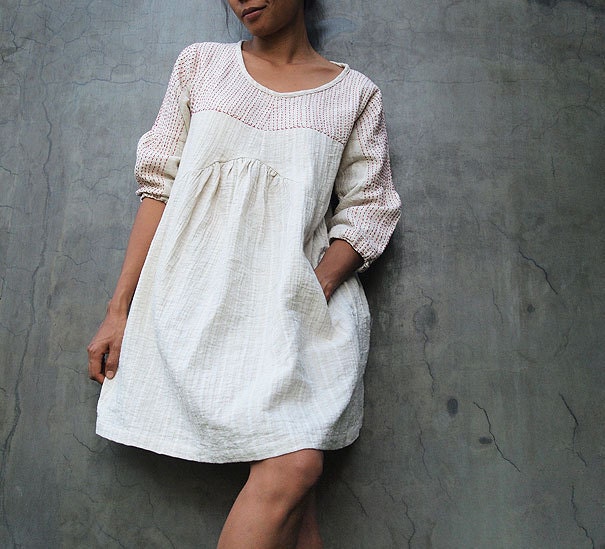When it comes to textiles, cotton has long been celebrated for its softness and comfort. However, as consumers become more discerning about fabric choices, the quest for materials that offer even greater softness than cotton has gained momentum. In this article, we will delve into various fabrics that surpass cotton in terms of softness, exploring their properties, uses, and benefits.
Understanding Softness in Fabrics
Before we dive into alternatives, it’s essential to understand what contributes to the softness of a fabric. Softness is influenced by several factors, including fiber type, weave structure, and finishing processes. The finer the fibers and the more intricate the weave, the softer the fabric tends to be. Additionally, treatments such as mercerization or enzyme washing can enhance the softness of textiles.
Fabrics Softer Than Cotton
- Bamboo Fabric
Bamboo fabric is derived from the pulp of the bamboo plant. It is known for its incredible softness, often compared to silk. Bamboo fibers are naturally smooth and round, which reduces friction against the skin, making it an excellent choice for sensitive skin. Moreover, bamboo fabric is breathable, moisture-wicking, and has natural antibacterial properties, making it ideal for activewear and bedding. - Modal
Modal is a type of rayon made from beech tree pulp. It is renowned for its luxurious softness and drape, often described as feeling like a second skin. Modal fibers are finer than cotton, which contributes to their silky texture. This fabric is also highly absorbent and resistant to shrinking and fading, making it a popular choice for clothing and home textiles. - Tencel (Lyocell)
Tencel, or lyocell, is another cellulose-based fabric made from sustainably sourced wood pulp, primarily from eucalyptus trees. Tencel fibers are incredibly soft and smooth, offering a luxurious feel that rivals silk. The production process of Tencel is environmentally friendly, utilizing a closed-loop system that recycles water and solvents. Tencel is also known for its breathability and moisture management, making it suitable for both casual and formal wear. - Cashmere
Cashmere is a luxurious fabric derived from the soft undercoat of cashmere goats. It is significantly softer than cotton and is prized for its warmth and lightweight nature. Cashmere fibers are finer than those of sheep wool, resulting in a plush texture that feels exquisite against the skin. While cashmere is often more expensive, its unparalleled softness and insulating properties make it a worthwhile investment for high-end garments. - Silk
Silk is a natural protein fiber produced by silkworms. It is renowned for its smooth, soft texture and lustrous appearance. Silk is softer than cotton and offers a unique combination of breathability and warmth. Its hypoallergenic properties make it suitable for sensitive skin, and it is often used in luxury bedding and clothing. However, silk requires special care to maintain its softness and sheen. - Microfiber
Microfiber is a synthetic fabric made from ultra-fine fibers, typically polyester or nylon. While it may not be a natural fiber like cotton, microfiber is incredibly soft and has gained popularity in various applications, from cleaning cloths to bedding. Its fine fibers create a velvety texture that is gentle on the skin. Additionally, microfiber is highly durable and resistant to stains, making it a practical choice for everyday use.
Choosing the Right Fabric
When selecting a fabric, consider the intended use and personal preferences. For instance, if you’re looking for breathable loungewear, bamboo or Tencel may be ideal. For luxurious winter garments, cashmere is an excellent choice. Understanding the properties of each fabric can help you make informed decisions that prioritize comfort without compromising on quality.
Conclusion
While cotton has long been a staple in the textile industry for its softness, there are numerous alternatives that offer even greater comfort. From the eco-friendly properties of bamboo and Tencel to the luxurious feel of cashmere and silk, these fabrics provide a range of options for consumers seeking the softest materials available. As the textile industry continues to innovate, the quest for softness will undoubtedly lead to even more exciting developments in fabric technology. Embrace the journey of discovering fabrics that not only feel good but also align with your values and lifestyle.


